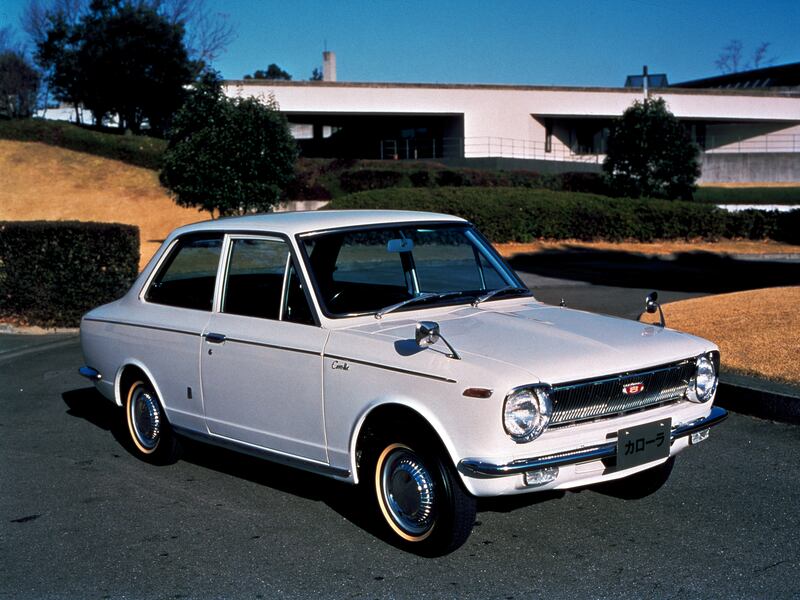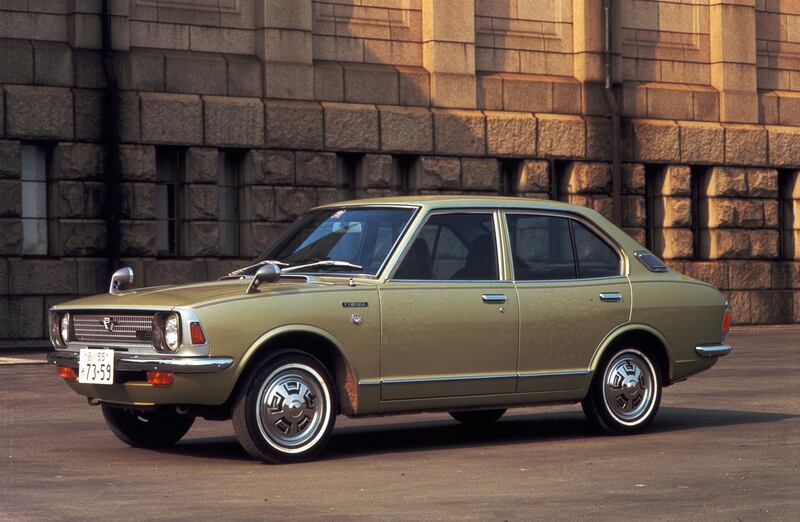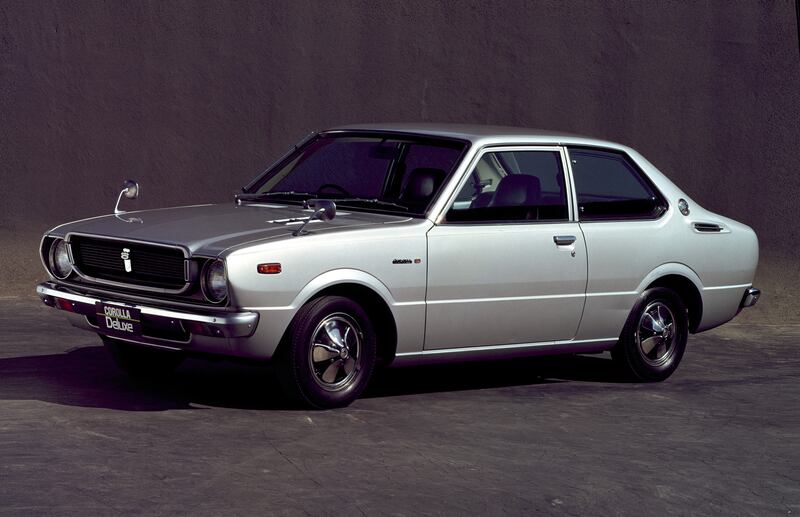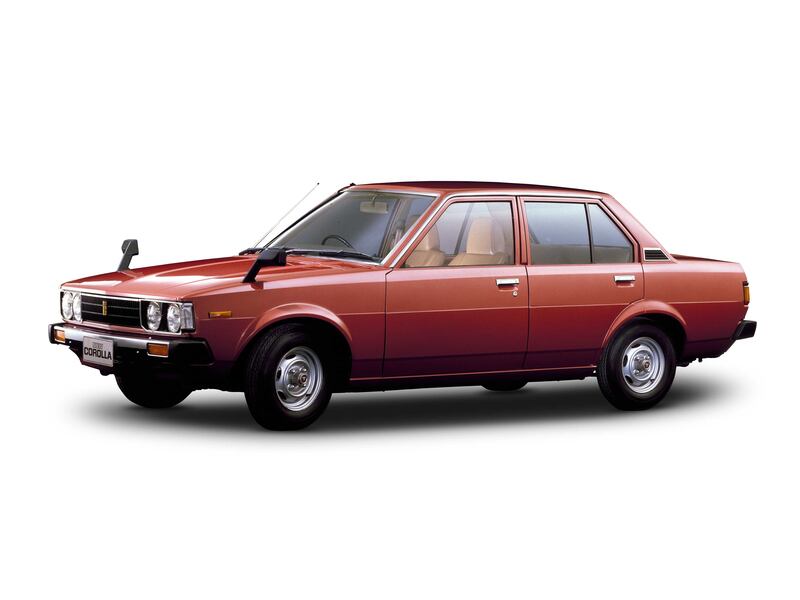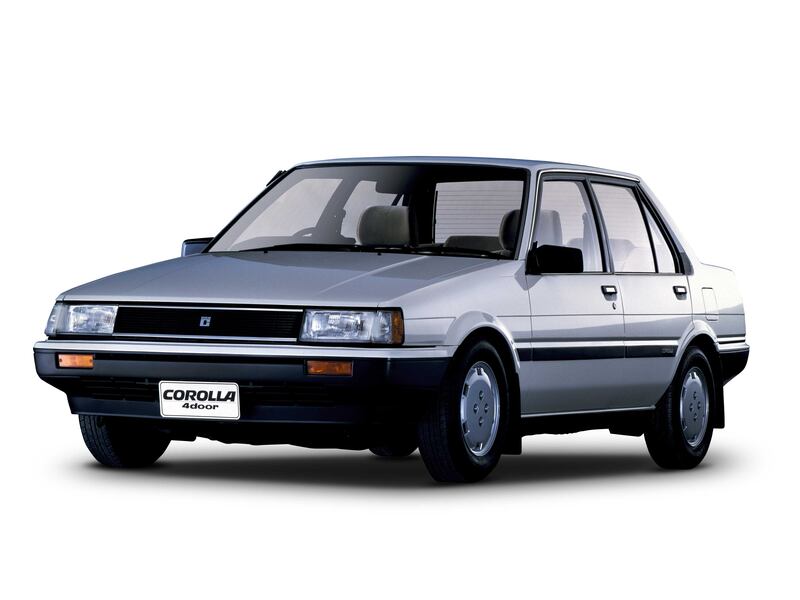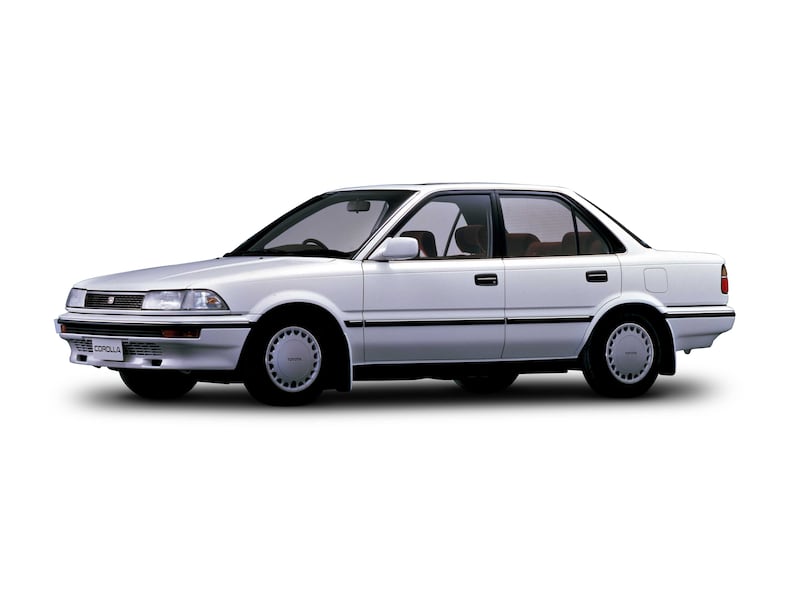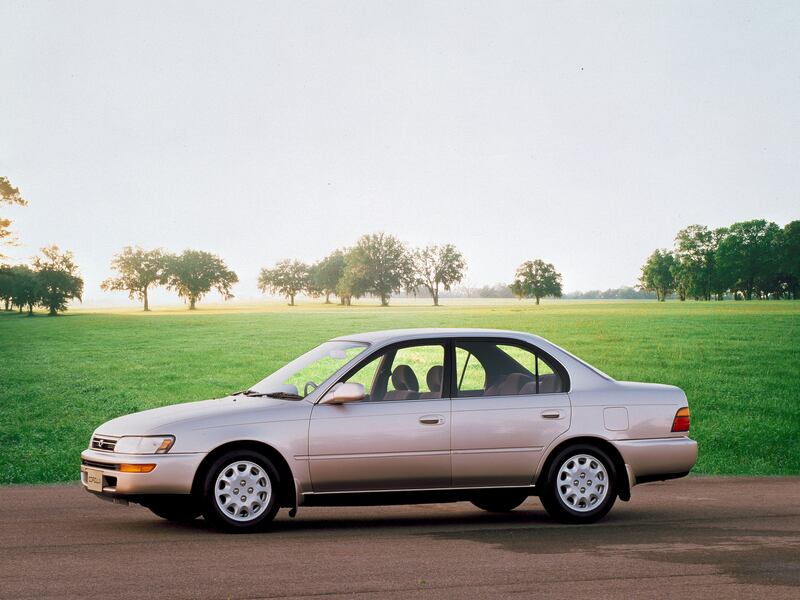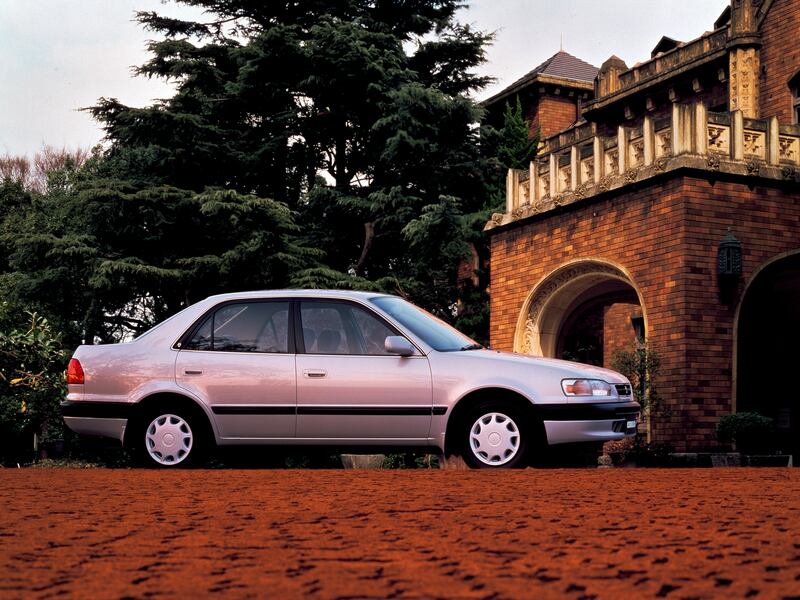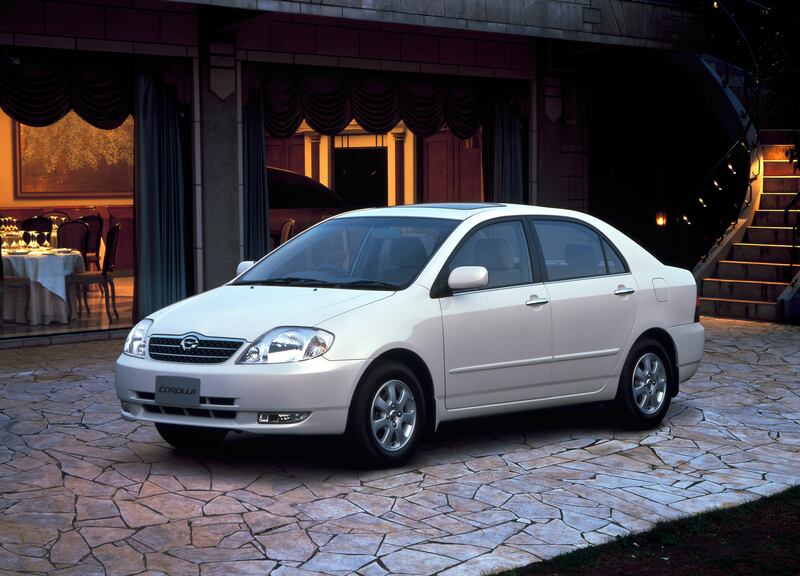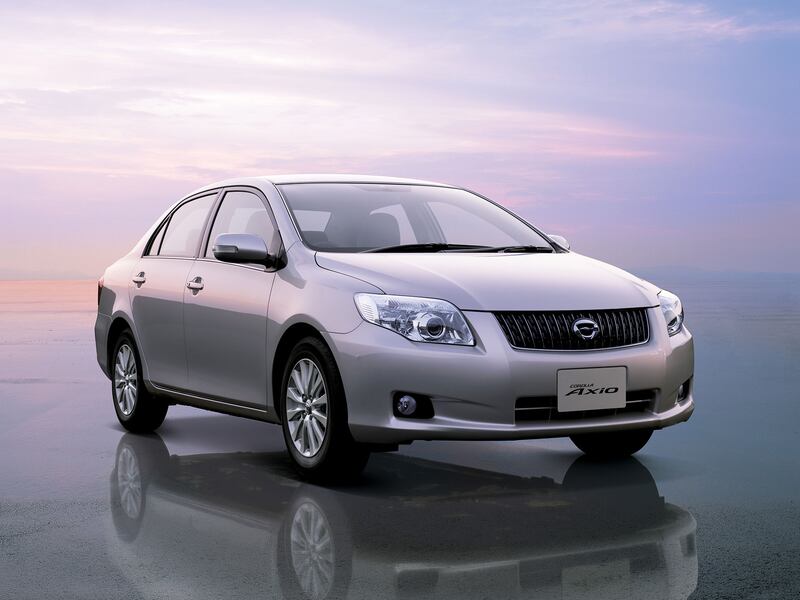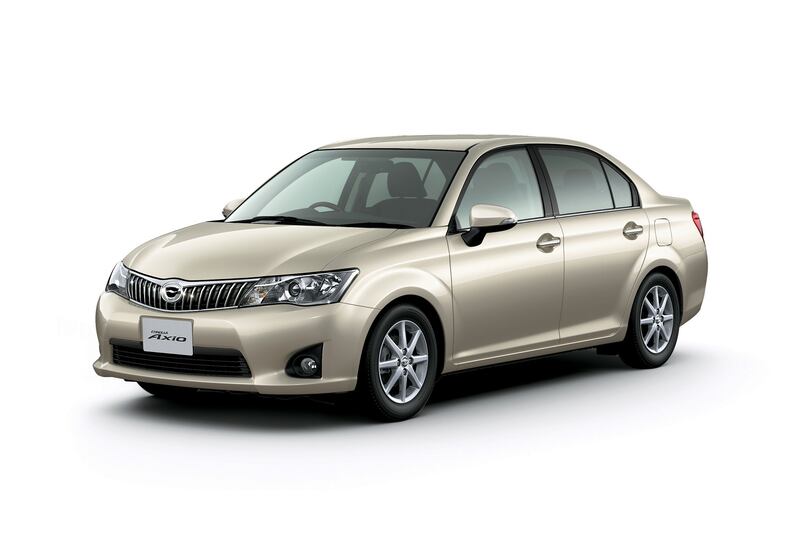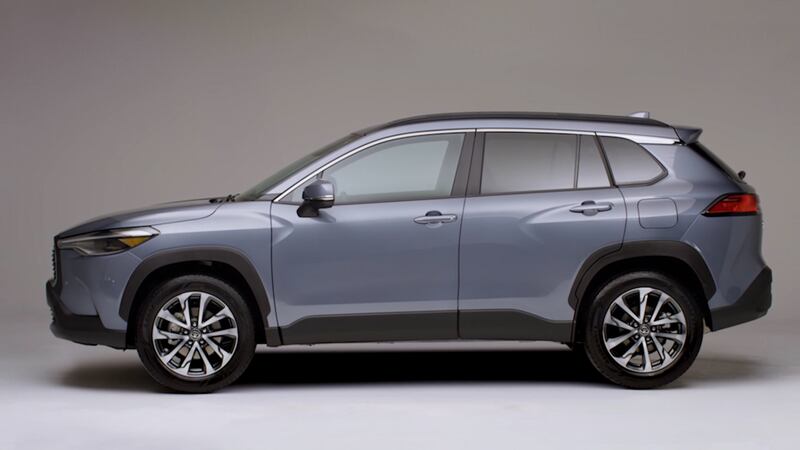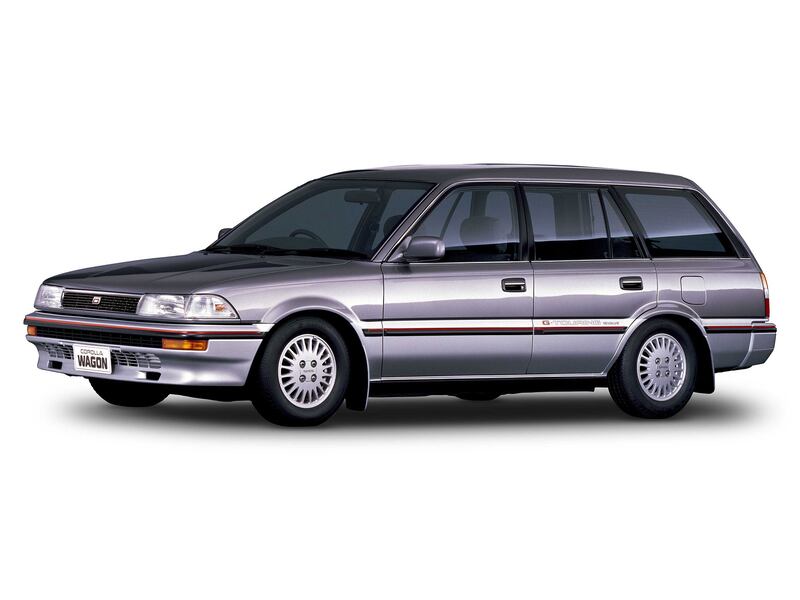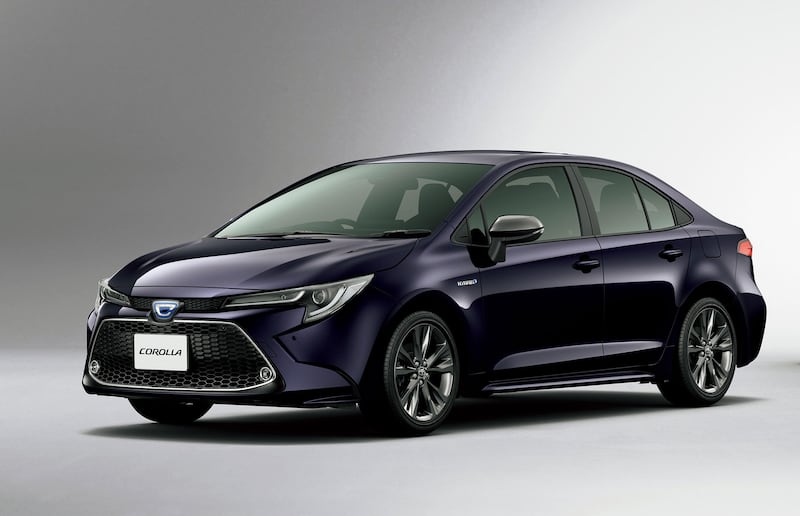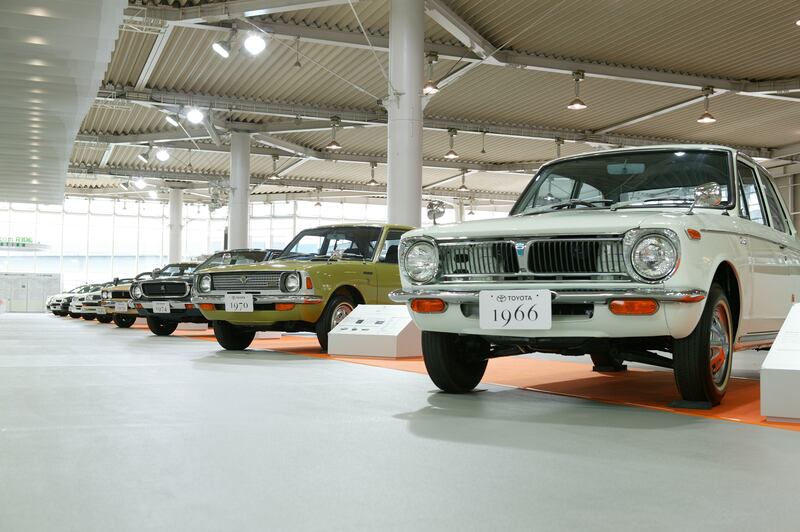It was only a matter of time, but it has finally happened.
Now, in its 55th year, sales of the Toyota Corolla have finally surpassed the 50 million mark.
This, though, is just another milestone for the iconic vehicle. It has been the world’s best-selling model since 1997, when cumulative sales reached 22.65 million. It was no slow starter either, as it first became the best selling car in 1974, taking the crown from the Volkswagen Beetle.
Now in its 12th generation, the first Corolla rolled off the production line in 1966 at Toyota’s Takaoka Plant in Aichi prefecture, about four hours south of Tokyo.
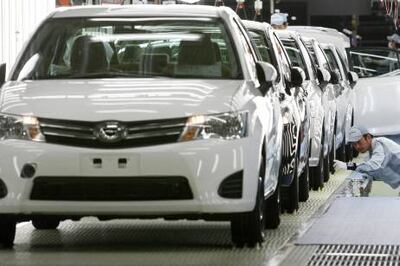
The word “corolla” refers to the ring of petals around the central part of a flower, and the name was intended to represent a beautifully-styled compact car.
Development of the vehicle began in 1962, with former aircraft engineer Tatsuo Hasegawa heading the production team. His brief was to create a practical family car with reliability and usability, but one with a touch of sportiness as well. After some teething problems, the Corolla was launched as a two-door saloon, with a 1.1-litre engine.
However, the car really started to dominate with the introduction of the second-generation vehicle in 1970. Japan’s booming economy at the time led Toyota to dramatically increase production, with annual units produced exceeding the one million mark.
At the time, and safe in the knowledge that the Corolla was a favourite, the manufacturer started making a special edition model, known as the Levin, which was fitted with a bigger engine that had first made an appearance in its stablemate, the Celica. This led to the Corolla entering the motorsport arena, securing victory in the 1,000 Lakes Rally in Finland in 1975.
Other sporting versions in the intervening years include the Ceres and Sprinter Trueno.
Toyota continued to make improvements to the car, with significant changes in direction on occasion – a slimmed down, more streamlined version was introduced in the late 1970s to take account of spiralling oil prices.
The 1980s also saw a series of versions that took on a distinctly futuristic, wedge-like look, but subsequent designs from the 1990s onwards have followed a more traditional sedan, hatchback, or estate car stance.
During the 1990s, the amount of choice drivers had as to what model they’d like was rapidly expanded – the ninth-generation vehicle, for example, was made available with nine different engine sizes.
Hybrid options made their first appearance in 2012.
The latest version, introduced in 2019, adopted a more hard-edged look, with Toyota taking design cues from some of the car’s main rivals on the automotive stage.
In Japan, the vehicle is so well regarded it is only available in specific showrooms, which are known as Toyota Corolla Store locations. Now, the manufacturer has also begun producing an SUV version of its most popular creation, known as the Corolla Cross.
A new Corolla is expected to be unveiled to the world in 2022.
Estimates suggest a car bearing this name badge is purchased somewhere in the world every 40 seconds. The new version is likely to follow into the footsteps of its forebears when it comes to popularity.
